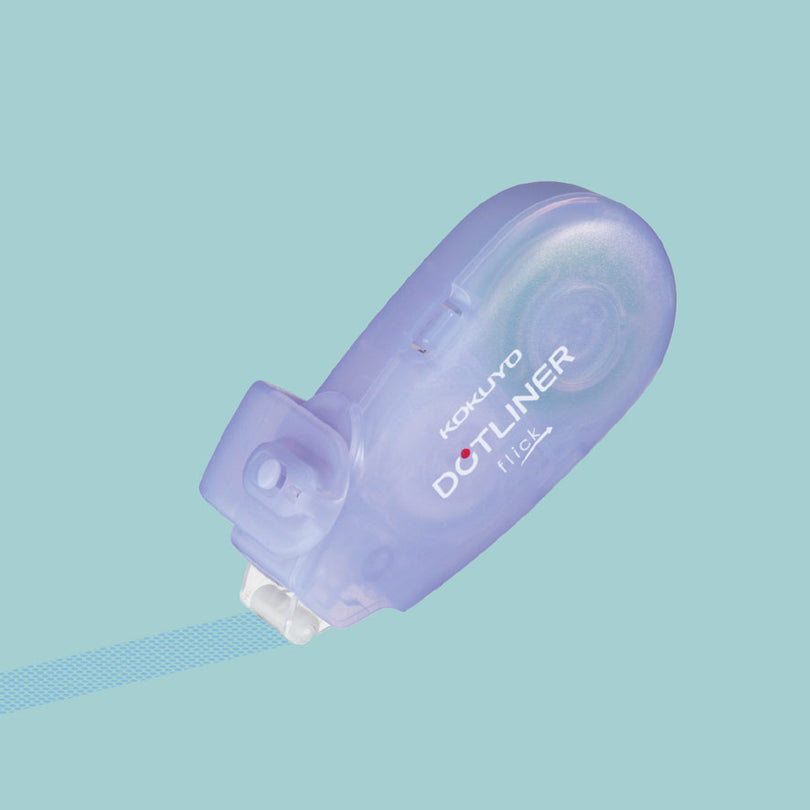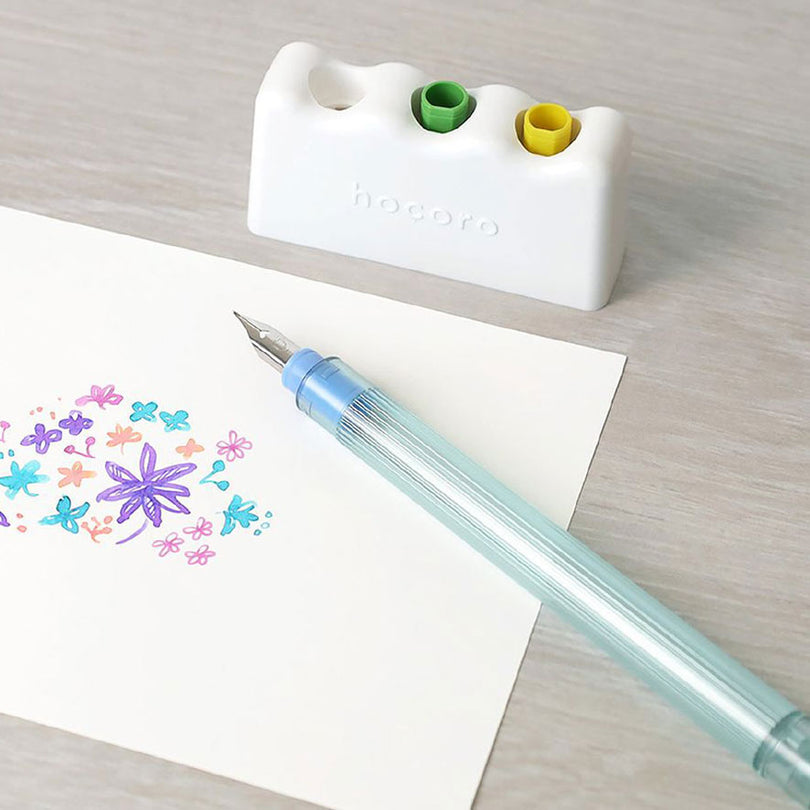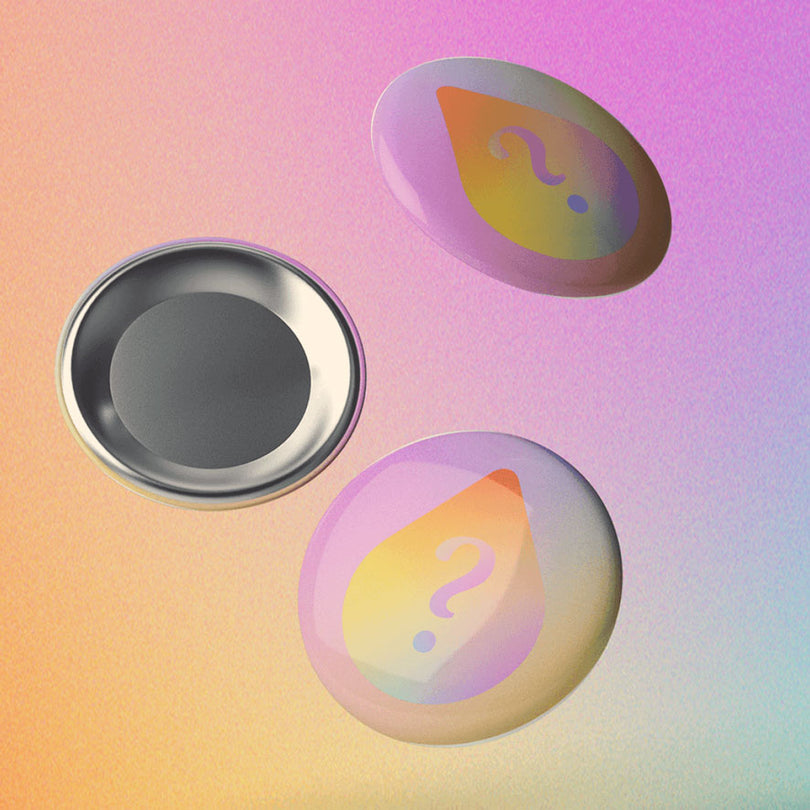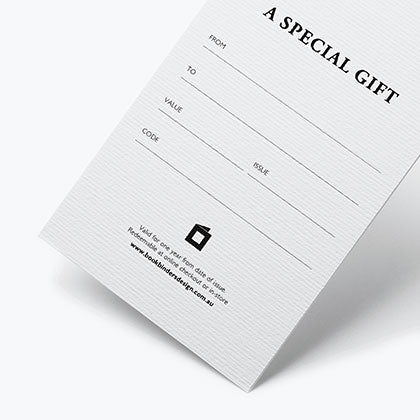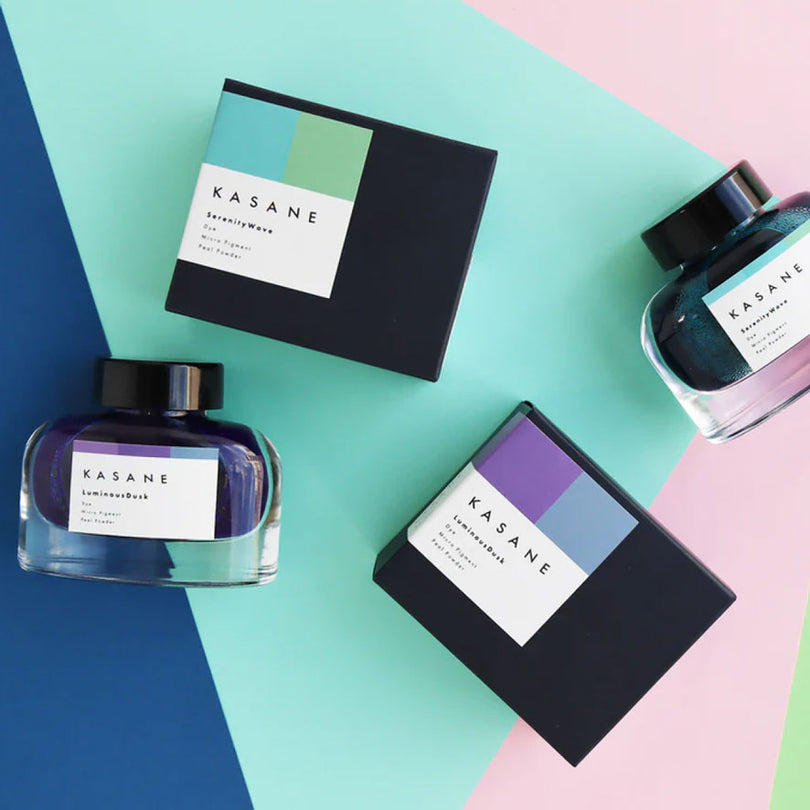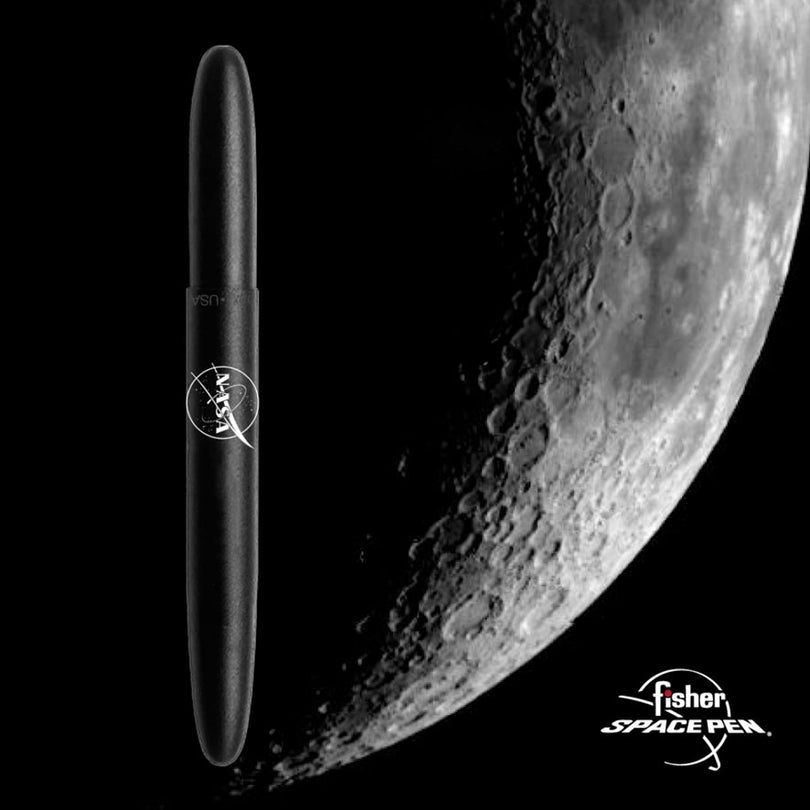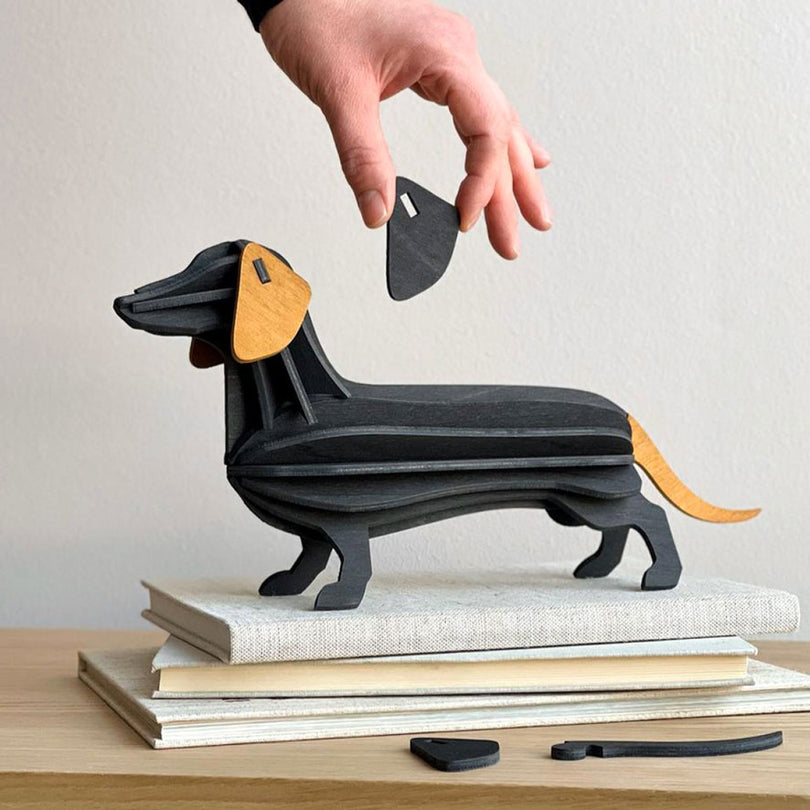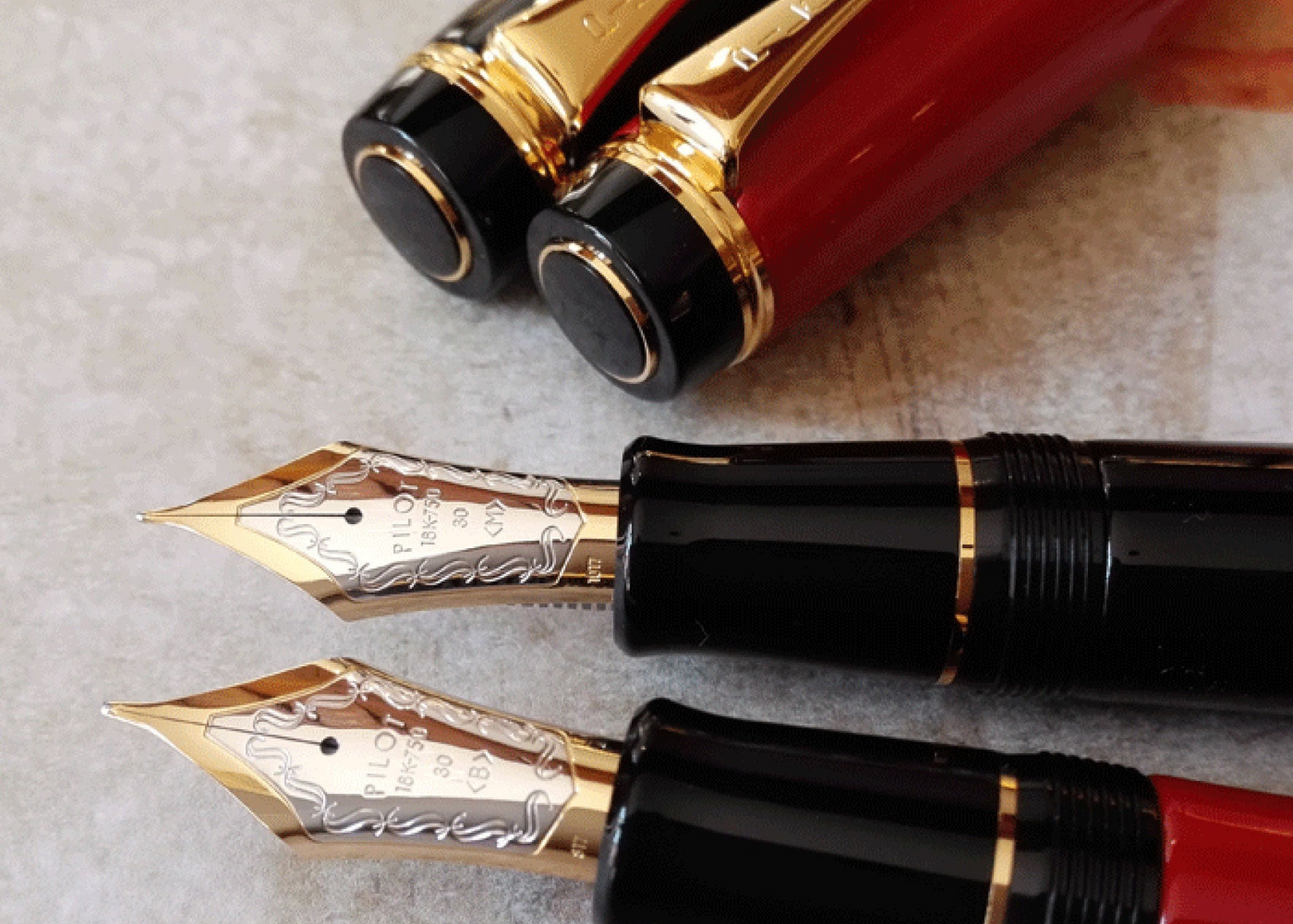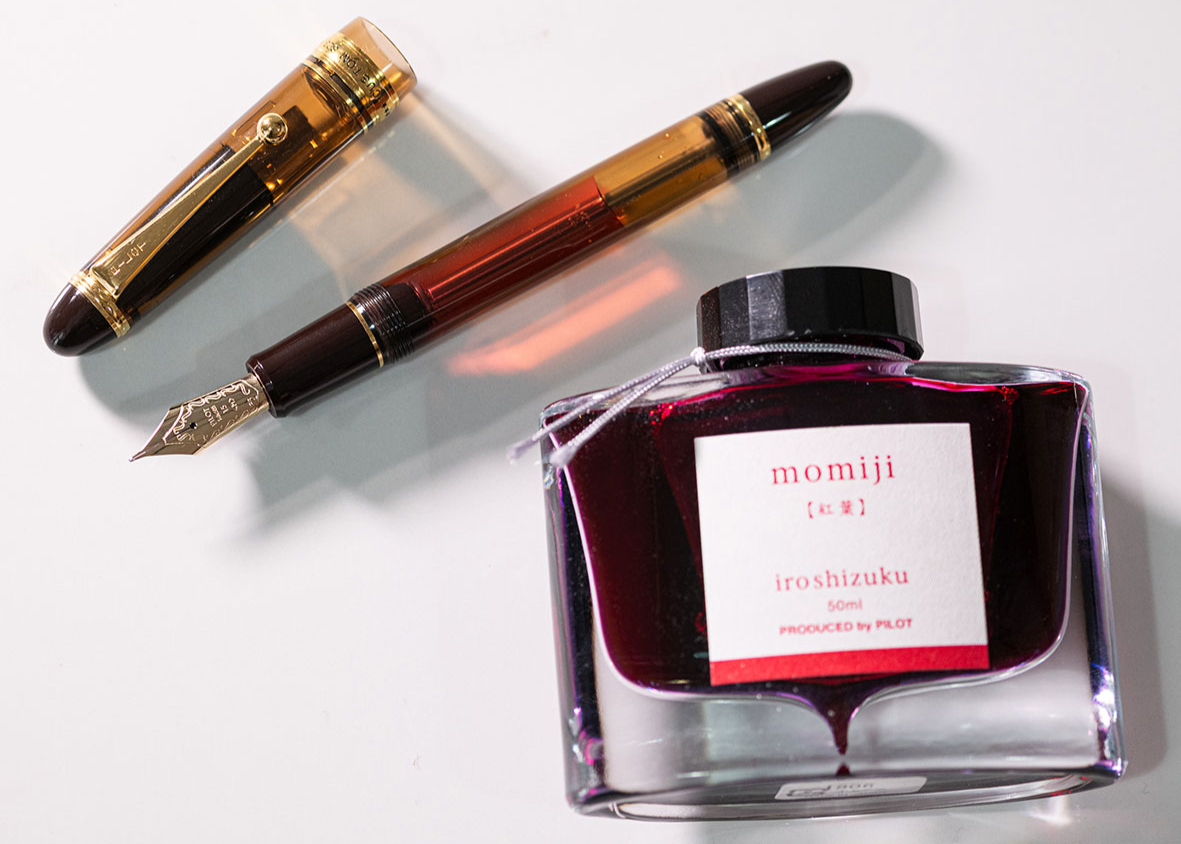In our last blog, we gave you a full breakdown of Pilot inks – from the Iroshizuku colours to their classic everyday inks. So now let’s talk about the iconic pens that go hand in hand with them. In this post, we’re sharing a little rundown of the different Custom and Custom Heritage models available at Bookbinders Design Australia, so you can get a feel for what makes each one special and maybe spot the one that fits your writing best.
Pilot’s story begins over a century ago with Ryōsuke Namiki (並木良輔), a professor at Tokyo Nautical College, who in 1915 left academia to start a small workshop near Tokyo dedicated to producing gold pen nibs. By 1916, Namiki had expanded into a full-fledged manufacturer of writing instruments, laying the foundations of a company that would go on to define modern Japanese fountain pens. From these early days, Pilot nurtured a deep respect for traditional Japanese craftsmanship, and so they were able to produce dependable, high-quality pens with impeccable vintage-inspired design.
What makes Pilot Custom pens special
Rather than chasing trends, the Custom line reflects steady refinement. These pens focus on balanced proportions, reliable mechanics, carefully tuned gold nibs, and finishes crafted using traditional techniques. The Custom line is a collection that showcases Pilot’s time-honoured strengths, and they are also often described as true workhorse fountain pens.
Across the range, Pilot uses gold nibs that are hand-adjusted. They make them all in-house in Japan, with their own sizing and feel that set them apart from other makers. The Custom pens come fitted with 14k or 18k gold nibs, both tuned for the smooth, consistent writing Pilot is known for. The result is a consistent writing feel across models. The higher the number on Pilot's nib, the larger it is.
One special feature you’ll find in many Custom models is the FM nib Pilot makes – it’s a fine-medium nib that hits a perfect spot, with a bit less feedback than the truly fine Japanese F. To find out more about Japanese nibs in general, read our guide to Japanese fountain pens.
Another pretty cool thing about Pilot Custom pens is their feed design. Unlike most pens, the filler hole is near the tip, so you can fill them even from emptier bottles and avoid getting ink on your grip.
From the approachable Custom 74 and 92 to the imposing Custom Urushi, the series covers a remarkable spectrum of writing preferences, but all these models share the same voice, so to say. Together they form a family of instruments that show what Pilot stands for.
If there’s a perfect starting point for discovering the Pilot Custom line, it’s with the approachable Custom 74.
The Pilot Custom 74
Released in the early 1990s, the Custom 74 set the modern tone for the entire series. It’s light in the hand, modest in size compared to some of the other models, and fitted with a small (size 5), but beautifully responsive 14k nib. The nib glides easily, with just enough feedback to feel connected to the page.
The Pilot Custom 74 introduces many of the design cues that define the Custom series, from the balanced, cigar-shaped silhouette to the signature triangular ball clip that gives every Custom pen its instantly recognisable look.
The body, made from glossy resin, comes in classic colours – black and deep blue – as well as translucent versions that reveal its inner workings. The 74 uses Pilot’s CON-70 converter, a clever push-button filling system that holds a generous amount of ink and is easy to clean.
Lastly, the Custom 74 is a very easy pen to get along with and fits a wide range of hands. We can easily recommend it as a first fountain pen for a beginner. It’s a good size on its own if you like something lighter, but it also posts nicely without feeling top-heavy if you prefer a bit more length.
Pilot Custom 74 is simple but far from plain, and the perfect everyday pen. It’s also the most affordable of the entire line.

The Pilot Custom Heritage 92
The Custom Heritage 92 is a solid, demonstrator-style fountain pen with a semi-transparent resin barrel that reveals the internal piston mechanism. The design features flat ends on both the cap and barrel, giving it a more modern profile, and we are introduced to the recognisable sword-shaped Heritage clip. Despite being, in essence, a plastic demonstrator, it feels more elevated than most similar pens.
The pen’s piston filling system is fully integrated and sealed with a black stopper, creating an airtight chamber that prevents leaks and ensures reliable ink flow. The internal metal coil inside the piston adds structural stability and can be seen through the clear body, making the filling process visible from start to finish. It’s worth noting that the ink capacity of 92 is larger than that of Pilot’s converter-filled models, which aids cleaning as well.
It is fitted with a 14k gold #5 nib and delivers a smooth, consistent line typical of Pilot’s nib tuning. The Custom Heritage 92 has a solid screw-cap closure, rhodium-plated trim, and balanced proportions.
Overall, the Custom Heritage 92 is a truly well-made everyday writer that will introduce you to the recognisable visual DNA of the Heritage line.
The Pilot Custom Heritage 912
The Custom Heritage 912 sits a little differently in the line-up. It’s slightly wider than the 92, so it feels substantial without being oversized. The #10 14k gold nib is a bit larger than the 92’s, giving it a satisfying weight and presence on the page.
The only colour available is black, but that actually feels just right, because the real variety with this pen comes from the nib options. The 912 offers 15 grinds. There’s the usual variations, but also soft nibs, super broad and double broad, then coarse, Falcon, stub, and music nibs, plus specialty grinds like posting and waverly. Because of this, it really stands out.

The Pilot Custom 743 and 742
The Custom 743 was first introduced in Japan in 1992. This model is larger in size all around compared with the Custom 74, keeping that classic cigar-shaped silhouette with rounded ends that feels elegant and balanced in the hand.
What really sets the Custom 743 apart is its expansive nib selection - similar to the Custom Heritage 92, you get a total of 14 nib grinds to choose from. The difference here is the slightly larger #15 nib, which gives a generous writing feel without being overwhelming. The overall size makes it comfortable for nearly any hand, whether you write with the cap posted or unposted.
The 743 has become a popular choice for those who want something slightly more straightforward (filling-wise) than the Custom 823, without sacrificing the premium feel or nib variety.
The Custom 742 is a close sibling, offering a similar experience but with Pilot’s Signature nib, which is slightly different in grind and feel.

The Pilot Custom 823
The Custom 823 is something of a legend – it’s a pen that blends generous proportions, engineering elegance, and daily reliability in a way few fountain pens manage. It’s often referred to as the “cult favourite” of the Pilot Custom family, and for good reason.
The 823 introduces a mechanism unique in the series: a vacuum plunger filling system. With a simple push, the pen draws roughly 2.5 ml of ink, which is far more than most converters can hold, and seals the chamber for travel, eliminating leaks. This design makes the 823 great for writers who favour a single ink for extended periods or who simply want a pen that won’t need constant refilling.
Its body, slightly larger than the 743, is available in translucent amber, smoke, and clear finishes. This transparency lets the writer watch ink levels and appreciate the internal mechanics. The pen’s weight and balance are specifically designed for extended writing sessions.
The 823 is fitted with a larger No. 15 14k gold nib, tuned for consistent ink flow and just a hint of feedback that’s in no way distracting. It’s one of the easiest writing companions out there and, not being finnicky or overwhelming in its size or weight, it truly embodies Pilot’s philosophy that a great pen should disappear in the hand.
The Pilot Custom Urushi
Now, at the pinnacle of the Custom line sits the Pilot Custom Urushi, a pen through which we can really appreciate the artistry of Japanese penmaking. Where other Custom models focus on reliability of the mechanics and subtle style refinement, the Urushi elevates the aesthetics of the pen into something almost ceremonial. This pen commands attention.
The Custom Urushi is finished in layered Roiro Urushi lacquer, a traditional Japanese technique that requires years of experience to master. It’s created by maki-e artisans (kokkokai) in Japan. Each coat is polished to a deep, glossy finish that not only looks striking but also strengthens the pen and makes it remarkably durable.
Its oversized body is still balanced for comfort, giving the writer a satisfying feel of weight and presence in hand. Every curve, every taper, every glossy surface has been considered to create harmony between the pen and the act of writing.
Inside the Custom Urushi is the No. 30 18k gold nib, the largest nib in Pilot’s line-up. Its generous size allows for excellent ink flow. The nib responds beautifully, giving subtle line variation.
Among all Pilot’s Custom pens, the Urushi is unique. It carries the DNA of the entire series, but elevates the pen from a functional tool to an heirloom-quality object. It is, in every sense, the culmination of the Custom line’s philosophy.

The Pilot Custom Enjyu
An honourable mention is definitely the Pilot Custom Enjyu: a large, upscale member of Pilot’s Custom family with a turned barrel made from enju (Japanese pagoda) wood – a material long valued and used in Japan for temples and traditional craft.
The pen is fitted with a large No. 15 two-tone 18K gold nib and a black grip section with gold trim. Its weight, warm wooden barrel and substantial 18K nib give the Enjyu a distinctive, resonant writing feel that makes it an elegant, characterful counterpart to Pilot’s resin or lacquered Custom pens.

Is the Pilot Custom Pen for You?
The Pilot Custom series might seem almost boring in today’s world of (honestly mesmerising) limited-edition fountain pens, but that’s exactly what’s special about these – it's a line of several no-frills, dependable pens with timeless design, impeccable mechanics and quality materials that people own and love for years. There is also less chance of choice overload.
If the premium writing experience is what matters most for you, then one of these is the perfect choice.
They simply work very well and look good – and what’s not to like about that?
Questions? We’d love to hear from you, so don’t be shy! Contact us on Facebook, Instagram or via email at info@bookbindersdesign.com.au

